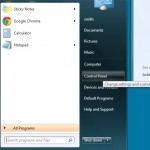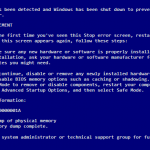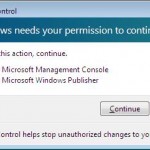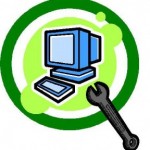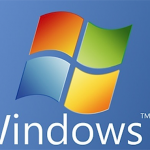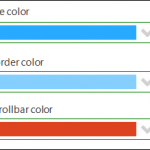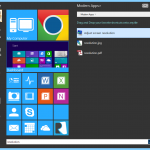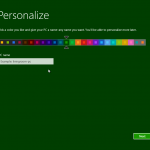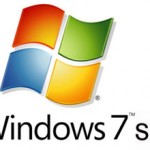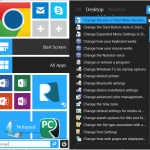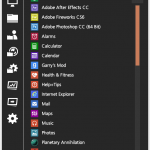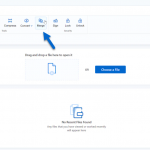A veces grandes actualizaciones de Windows, como Windows 7 Service Pack 1 no se pueden instalar. Aquí hay varios métodos para la fijación de ese problema.
| Por Steve Horton |
|
|
| Por Steve Horton |
|
|
Si necesitas cualquier otra navegación de Windows, que es donde las características de Windows Accesibilidad entra en juego
| Por Steve Horton |
|
|
Bibliotecas actúan como carpetas en Windows 7, pero no son exactamente las carpetas. Obtenga más información sobre las bibliotecas y por qué son útiles.
| Por Steve Horton |
|
|
La pantalla azul de error MEMORY_MANAGEMENT muerte suele exactamente lo que suena: notificación del error. Aquí están los pasos que usted puede tomar.
| Por Steve Horton |
|
|
Control de cuentas de usuario en Windows Vista y 7 le permite ajustar los niveles de seguridad para cada usuario, permitir o negar el acceso a muchas funciones de Windows.
| Por Steve Horton |
|
|
La programación de mantenimiento le permite realizar tareas de uso intensivo del procesador, como la comprobación de su disco de los errores, en un momento en que el equipo no está en uso.
| Por Steve Horton |
|
|
Al considerar una transición de Windows 7 a Windows 8, que ayuda a ser conscientes de las diferencias entre las versiones. Aquí hay más sobre el tema.
| Por Steve Horton |
|
|
Actualizar desde Windows 7 a Windows 8 es un proceso sencillo que puede ser complicado si no sabes lo que está pasando. Afortunadamente, ahí es donde entramos nosotros
| Por Steve Horton |
|
|
Windows ejecuta muchos servicios en segundo plano, pero muchos de éstos no son necesarios. Deshabilitar los servicios específicos de Windows puede acelerar su PC.
| Por Steve Horton |
|
|
El comando sfc / scannow, en cualquier versión de Windows, es muy importante para conseguir su sistema de Windows volverá a la normalidad en caso de corrupción. Aprenda cómo.
| Por Steve Horton |
|
|
Windows 7 Service Pack 1 o Service Pack 1, es una gran actualización a Windows 7 que antes era opcional. Microsoft ha hecho que sea obligatorio. Averigüe por qué usted lo necesita.
| Por Steve Horton |
|
|
A veces es más importante para ejecutar una versión anterior de Windows en su versión más reciente, por motivos de compatibilidad o de prueba. Así es como para hacer eso.
navegar por categorías
Vídeo blogs
Ver todos los Video Blogs →Cómo es
Ver todas las Cómo es →| most relevant |
| artículos recientes |
